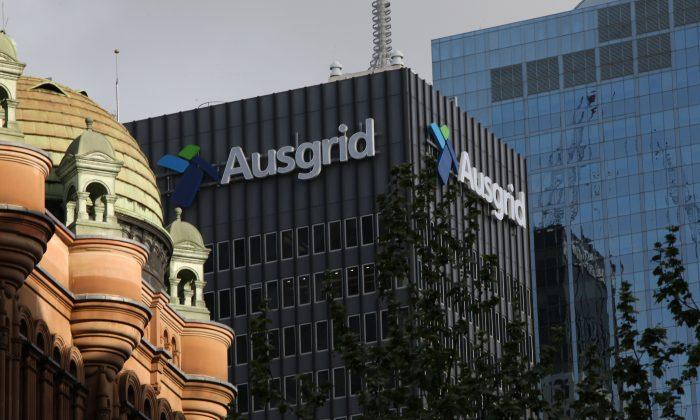[youtube]WvsooB_yLeE[/youtube]
Aurora Borealis Displays
Aurora Borealis, or Northern lights displays, are predicted over northern areas of the United Kingdom tonight, following recent solar flare activity, according to the British Geological Survey (BGS).
The sun has ejected three solar flares from sunspot AR 1158 since Feb. 13, with the most powerful, an X2.2 emission on Tuesday, the largest in more than four years.
These eruptions tend to release coronal mass ejections (CMEs)—gigantic billion-ton clouds of plasma that travel into space, and can cause geomagnetic storms that disrupt satellite-based systems and electronic equipment on Earth.
But they can also trigger impressive Aurora Borealis displays, particularly in northern latitudes.
One CME has already arrived, causing havoc with shortwave radio communications in southern China, along with Northern Lights displays further south than the usual, including Northern Ireland, on Valentine’s Day.
Two more CMEs are expected on Feb. 17 or early on Feb. 18, with magnetic storms likely to follow, according to the BGS. Parts of Canada and the United States may also experience auroras, with residents in the Great Lakes, New England and New York areas all having an increased likelihood of seeing the displays, according to Aol News.
How to See the Northern Lights
Here are some tips from the BGS to increase your chances of seeing aurorae tonight—a dark place, clear sky and good timing are all important:
Timing—As the lights arise from intense, short-lived geomagnetic storms, timing is vital.
You can monitor activity via the Internet, for instance you can view real time data on global geomagnetic activity here, measured using the three-hour-range Kp index. The larger this figure, the stronger the storm and the further south displays will be visible.
The Department of Physics at Lancaster University has an online Aurora Watch facility with a free of charge alert service to notify subscribers when activity is high, via email or text message.
You can also follow the BGS on Twitter: @BGSauroraAlerts for occasional aurora alerts.
Location—If the night sky is clear when you know a storm is happening, find a dark place away from street lighting.
Generally, displays happen to the north but could also be overhead or elsewhere. The best time to look is around local midnight (10 p.m. to 2 a.m.) although geomagnetic activity can occur at any time.
The further north you are, the better your chances. Presently, the forecast tonight is for cloudy skies and light rain in places, but you can check for the latest weather updates here .



